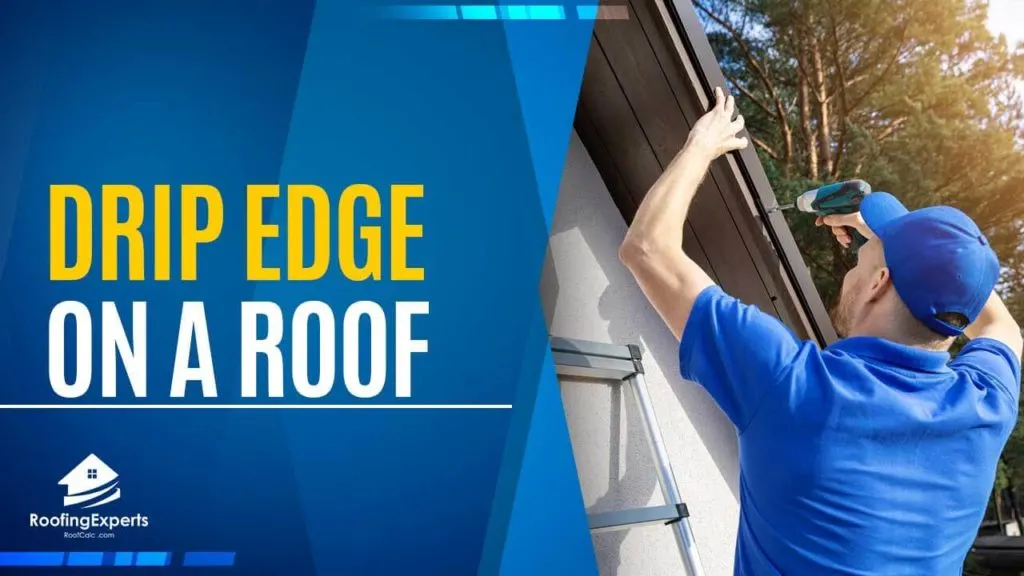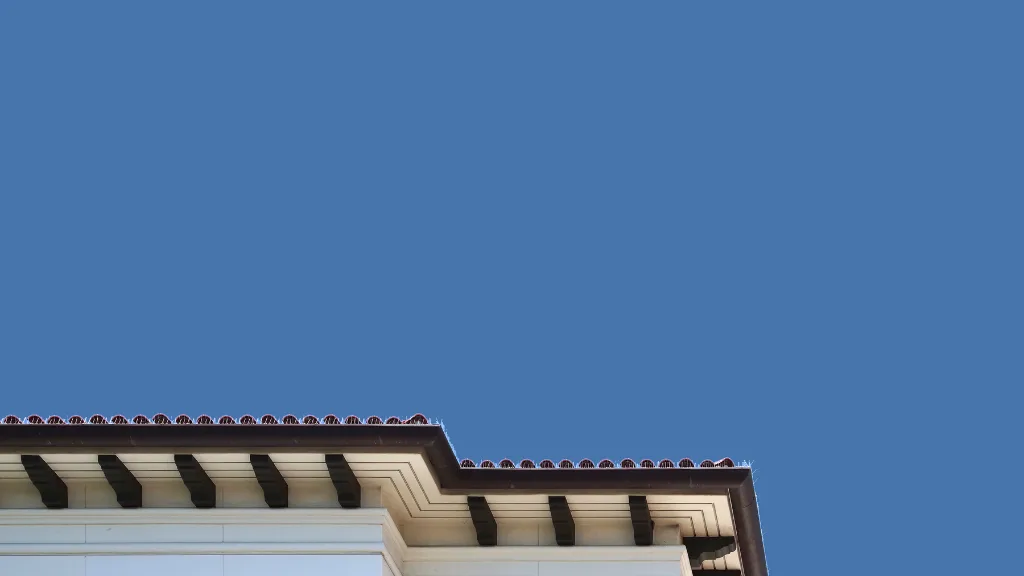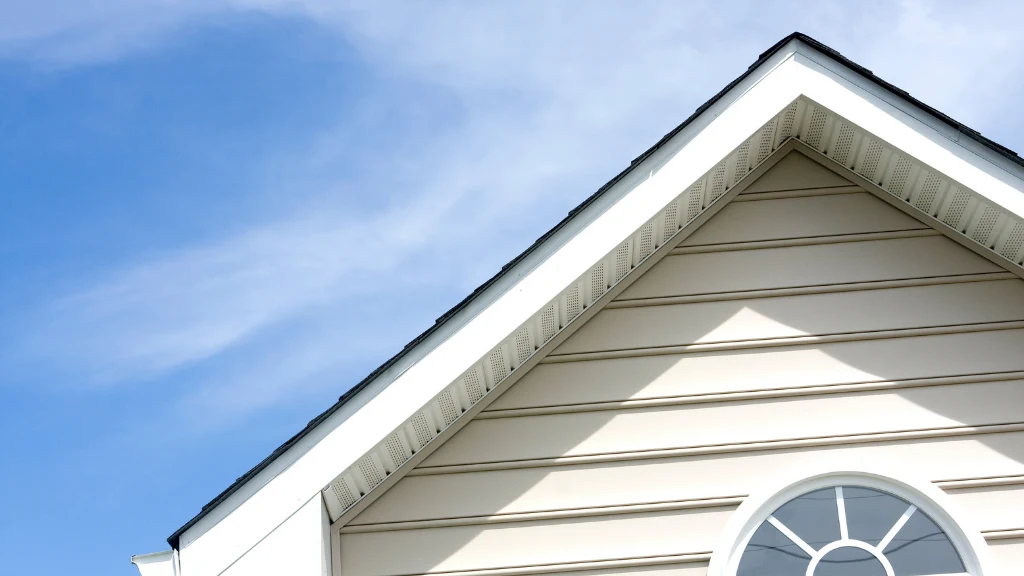
Residents are well aware that standing rainwater causes harm. It entails costly restorations and a slew of additional difficulties, such as mold, fungus, and infrastructure problems, to mention a few.
Therefore, the drip edge on a roof is critical in every roofing design.
Without a drip edge, an excellent roof might succumb to rips, water leaks, and cracks at an inopportune moment. But you don’t have to worry about dealing with drip edges. In this article, you will know more about it and its importance.
What is a drip edge on a roof?
A drip edge is a component put to the edge of a rooftop in a roofing structure. It is a steel covering that is slanted to divert rainwater away from the rooftop and enable it to drain out of the roofing structure, preventing corrosion properly.
In other words, a drip edge is positioned between the decking and the gutter panel on top of the roof’s external surface. When rainwater falls on the roofing, this location creates an irrigation interval between the fascia panel and the drip edge, allowing water to flow more freely and protecting the ceiling from water leakage.
Types of Drip Edges
There are three different types of drip edges. Here are the differences of each kind so you will get to know more about what suits your roofing system.
Hemmed Drip Edge
This tightly closed drip edge prohibits moisture and liquid from flowing through and below the drip edge steel and vertically. It may be used on steel and single panel roofs.
D-metal or T-Style drip edges feature an open pleated edge at the striking base that drapes backward toward the structure. It employs hydraulic pressure to prevent water from flowing down and, as a result, retain excess water from the fascia. Single joint and roof repairs are the most common applications for hemming drip flashings.
L-Drip Edge of L-Style Edge
A traditional L form is curved at a 90-degree angle on this drip edge, with a smaller plate at the base. It’s the most straightforward and shortest style, and it’s usually utilized on roofs with a lesser slope. On reduced roofs, an L-drip edge is employed. They’re mounted on a fascia panel and rooftop terrace.
F-Style Apron
The drainage curb, also known as the F-style, is comparable to the L-style but has a broader trailing edge. It flows off from the current roofing and frequently beyond the drainage.
Do all roofs have a drip edge?
It is safe to keep in mind that not all roofs have drip edges. However, a drip edge may be added before or after a shingle is placed. So, if you’ve relocated into a property without one, it isn’t too late to add one to preserve and extend the life of the roofing.
The owner has the power to decide if they should omit the drip edge in the hopes of saving money, but little does one understand that they will bear the consequences afterward.
It is a decision taken by residents to save expenses. But it is also a decision made by roof companies to get a project by deliberately lowering a price in the hopes that the client would not detect the lack of a drip edge.
Nevertheless, a drip edge may help your rooftop last longer by shielding the whole structure and underpinning infrastructure from water leaks, preventing constant maintenance.
You should get your roofing examined once a year, and if you’ve recently relocated into a new house, now is a great chance to inquire about if your roofing has a drip edge. If it doesn’t, get one built to safeguard both the structure and your house.

Reasons Why You Should Invest in a Drip Edge
Now that you know the purpose of drip edges on roofs, here are more reasons why you should invest in it. Of course, some homeowners will only want to know what a drip edge is, but they won’t risk building one on their roof. So check out these reasons why you need a drip edge.
Can cover gaps on roofings.
Drip edges are designed to entirely hide any existing openings between your fascia and your rooftop. As a result, it prevents rainwater out of your roof base, especially air-made water. It also prevents pests and wild rodents out of your loft, which might cause damage to your deck, rooftop, or chimney.
Nobody likes to discover rodents enter their home because of a roofing hole. Fortunately, you won’t have to with a drip edge installed.
Protect the corners of your home and roof.
Rainwater should be kept away from the fascia panel and the margins of your balcony or terrace for extra security and lifespan. Drip edges will prevent water erosion to your fence, pillars, and exterior areas.
Roof gutters will also protect the base of your property. However, stagnant water near your structure can undermine the ground over a period, causing serious concerns.
Preventing moisture away from your property’s exterior components and structure will save you expense in the long run.
Help prolong the roof’s lifespan.
Preventing your rooftop and slope from water leaks and degradation will extend its lifespan significantly. Furthermore, continuous water circulation out from the rooftop will aid in the removal of contaminants and fungus, which can trigger deterioration.
Safeguarding your roofing from the weather means it will last longer, save you cash, and retain the worth of your property.
Protect against cold seasons.
Your rooftop takes a beating from winter weather. During winter, roof gutters provide additional protection for your crest.
Ice cycles, for instance, will form on the drip edge instead of the less durable fascia panel or tiles. Snowfall will not be accumulating on the tip of your rooftop, weighting it downward.
Drip edges improve the gutter’s performance.
Rainwater travels more readily into the drain and sustains a constant circulation with the help of drip sheeting. As a result, your pipes will be able to perform their duties extra quickly and productively.
It also implies that the drains will be less clogged because the rainwater will help keep circulation going. It’s great to spend minimal effort washing up the drains!
Drip edges provide additional structural support.
The drip edge is attached to the fascia panel beneath after being hammered into the rooftop deck at the roofing border. This adds added stability to the deck planks and fascia, preventing mobility.
Because the base of your rooftop is the core of your rooftop, it’s critical to have a robust roof deck to avoid it from falling. As a result, you’ll have more security and much lesser stress with roof fixing.
Act as additional protection if shingles get damaged.
Many people believe that extending their tiles over the border by a few feet will keep excess water from their fascia and property. On the other hand, Roofline planks are vulnerable to breaking due to age and strain, especially in rainy or snowy conditions.
A drip edge will give extra coverage beneath the shingles, ensuring that water, ice, and frost remain far from your home’s base.
Importance of a Drip Edge
Drip edges are often removed from roof constructions to win jobs and save a few dollars. However, skipping the drip edge is more harmful to the roofing and the property in the longer term. According to roofing organizations ‘ recommendations, this element is officially meant to be a part of any slate roofing company’s installation procedure.
Please verify with a reputable, licensed, and experienced roof firm about your present roof and whether it has a drip edge. Then, during summertime, have your contractors add a drip edge to help preserve your roofing expenditure.

Final Thoughts
A roof drip edge safeguards your roofing and fascia from moisture deterioration, extends the lifespan and railing, and safeguards your home’s value. You can appreciate your house and the outside without worrying about environmental problems if you use the correct drip edging.

